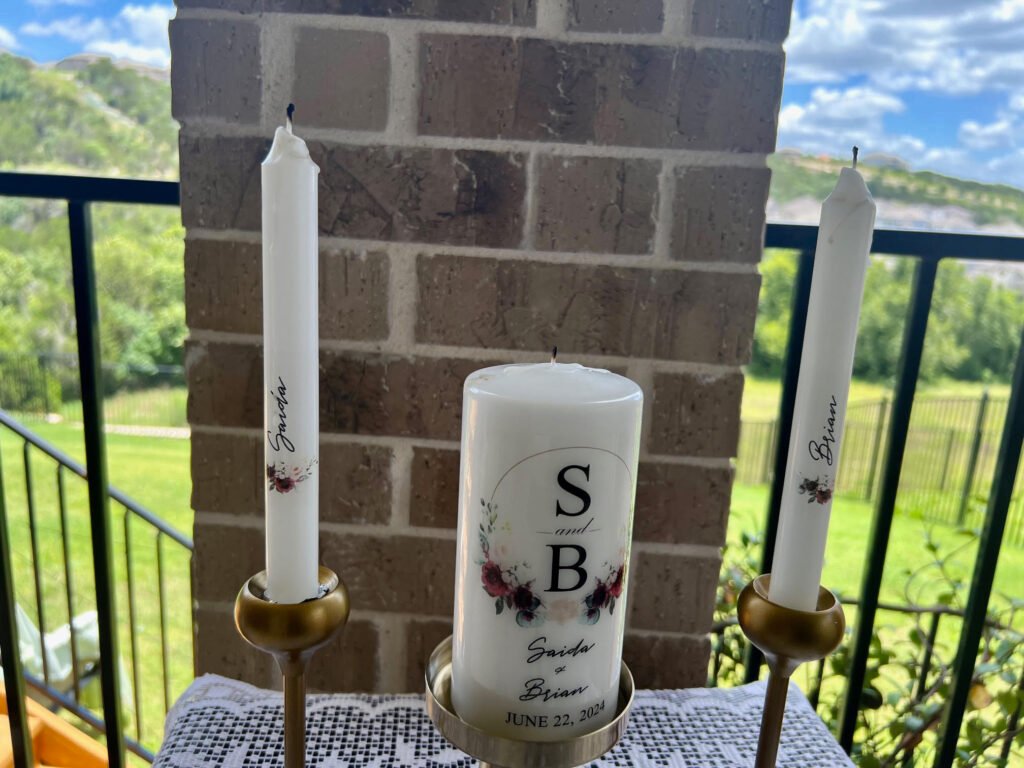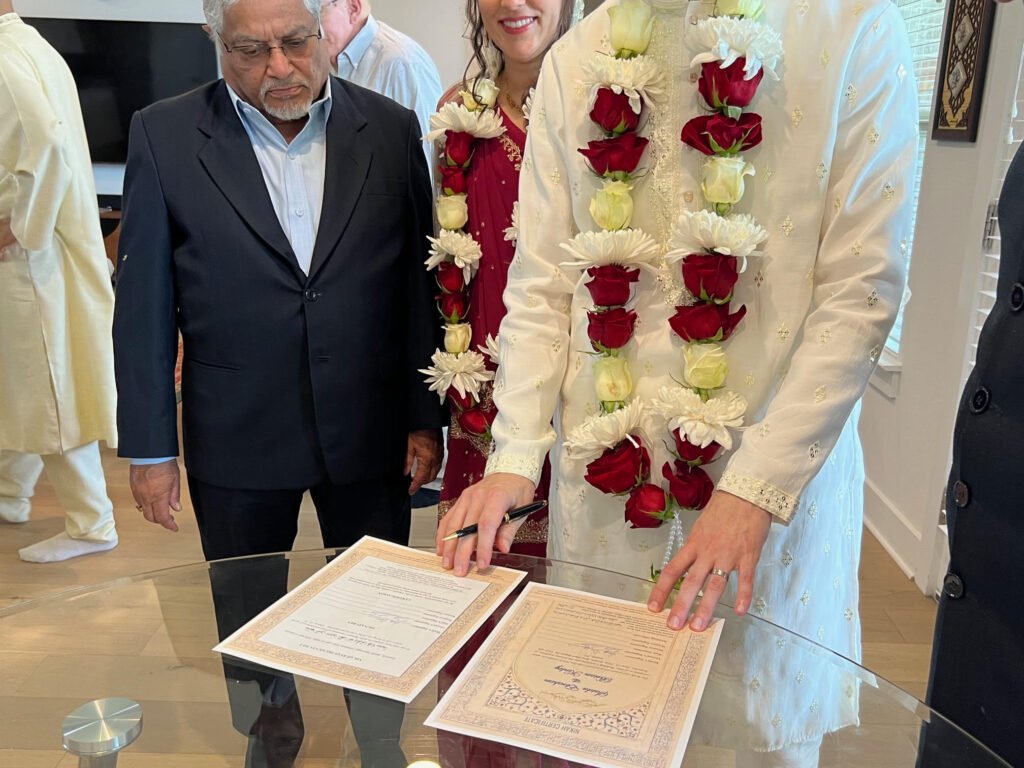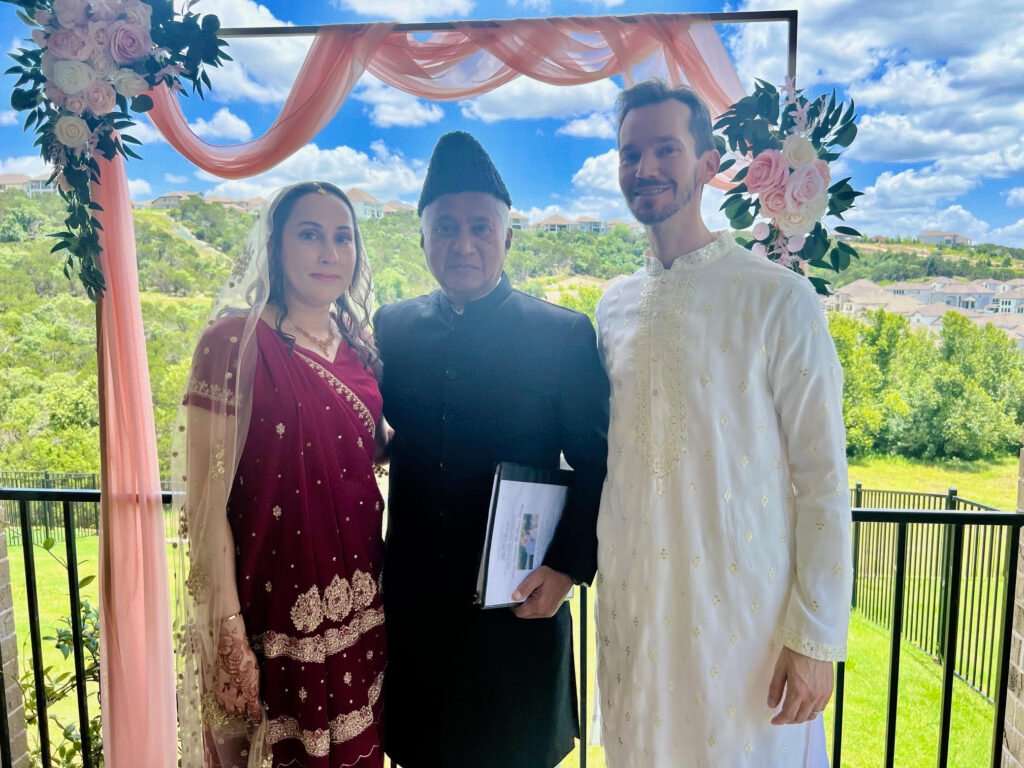Introduction
Interfaith and interracial weddings symbolize the beauty of love transcending boundaries. They bring together diverse cultures, religions, and traditions, creating a unique tapestry of unity and celebration. This article delves into the challenges and joys of organizing such weddings, especially among Desi, Asian, and African communities, and highlights the evolving landscape of love beyond conventional filters.
The Significance of Interfaith and Interracial Weddings
Interfaith and interracial weddings are a testament to the belief that love knows no boundaries. They celebrate diversity, promote understanding, and foster a sense of unity among different cultures and religions. These weddings are a powerful statement against prejudice and discrimination, showcasing that love can bridge the widest of gaps.
Challenges in Organizing Interfaith and Interracial Weddings
Cultural Challenges
Navigating cultural differences can be challenging. Each culture has its own set of traditions and customs that must be respected and incorporated into the wedding.
Religious Challenges
Balancing religious practices and rituals requires careful planning and sensitivity. Ensuring that both families feel their beliefs are honored is crucial.
Logistical Challenges
Organizing a wedding that caters to diverse needs can be complex. From dietary restrictions to dress codes, every detail must be meticulously planned.
The Role of Family and Community
Family and community play a vital role in interfaith and interracial weddings. Their support and acceptance are often key to the success of the marriage. Gaining their approval can sometimes be a hurdle, but open communication and respect can pave the way.
Case Study: A Wedding in Texas
This wedding in Texas exemplified the joy of collaboration. The couple, by labeling candles and sewing garlands together, found joy in shared responsibilities. Their wedding was not just a union of two people but a blend of cultures and traditions, making it a memorable celebration.

Preparation and Personal Touch
Each wedding is unique, reflecting the personalities and backgrounds of the couple. Customizing ceremonies to include elements from both cultures ensures that the wedding is a true representation of the couple’s journey together.
Incorporating Traditions from Various Faiths
Hindu and Muslim Traditions
For instance, a Hindu-Muslim wedding might include a Nikah ceremony followed by a traditional Hindu ritual, ensuring that both faiths are represented.
Christian and Jewish Traditions
A Christian-Jewish wedding could blend a church ceremony with the breaking of the glass, symbolizing the union of two traditions.
The Impact of Geopolitical Tensions
Geopolitical issues, like visa restrictions between India and Pakistan, pose significant challenges. Couples often hope for a day when such barriers no longer impede their union, reflecting the broader hope for global unity and understanding.
Embracing Diversity in Wedding Rituals
Diverse wedding rituals add richness to the ceremony. Whether it’s the vibrant colors of a Desi wedding or the serene elegance of a Japanese ceremony, each element contributes to a unique and unforgettable event.
Statistics of Interfaith and Interracial Marriages
Data shows a rise in interfaith and interracial marriages, with significant percentages involving Hindus and Muslims, and Christians and Muslims. This trend highlights a growing acceptance and celebration of diversity.
Success Stories
Many couples have successfully navigated the challenges of interfaith and interracial marriages, sharing heartwarming stories of love and perseverance. These stories inspire others to embrace love beyond boundaries.

The Role of an Officiant
An officiant in interfaith weddings must be well-versed in multiple traditions. Their role is to ensure that the ceremony is inclusive, respectful, and reflective of the couple’s beliefs.
Creating a Memorable Ceremony
Personalized vows and ceremonies make weddings special. Including elements from both cultures and faiths ensures that the ceremony is meaningful and memorable for everyone involved.
Challenges Specific to Desi, Asian, and African Communities
Desi Communities
Interfaith marriages in Desi communities often face resistance due to deep-rooted cultural and religious beliefs. However, changing perspectives are fostering greater acceptance.
Asian Communities
In Asian communities, maintaining traditional values while embracing new ones can be challenging. Yet, many couples find ways to honor both.
African Communities
African weddings are rich in tradition and ritual. Integrating these with practices from other cultures requires creativity and respect.
Overcoming Religious Barriers
Harmonizing Different Practices
Couples can harmonize different religious practices by finding common ground and creating new rituals that reflect both traditions.
Inclusivity in Rituals
Inclusivity in rituals ensures that all family members feel respected and valued. This approach fosters harmony and acceptance.
Legal Considerations
Meeting legal requirements is crucial. Couples must ensure that their marriage is legally recognized, which might involve navigating different legal systems and requirements.
Interfaith and Interracial Wedding Trends
Emerging trends include destination weddings, fusion ceremonies, and the inclusion of non-traditional elements, reflecting the evolving nature of love and marriage.
The Importance of Communication
Effective communication is key to resolving conflicts and ensuring that both families are on the same page. Open dialogue fosters understanding and cooperation.
Venue Selection and Decoration
Choosing a venue that reflects the couple’s cultural backgrounds and decorating it to include elements from both traditions creates a beautiful and inclusive atmosphere.
Cultural Sensitivity and Respect
Being mindful of cultural nuances is essential. Respecting traditions and customs ensures that the wedding is a harmonious celebration of diversity.
The Role of Technology in Modern Weddings
Technology helps bridge distances and cultural gaps, enabling families and friends from different parts of the world to participate in the celebration.
Preparing for Potential Conflicts
Anticipating and preparing for potential conflicts can help prevent them. Mediation and conflict resolution strategies are vital in ensuring a smooth ceremony.
Integrating Multiple Languages
Handling language barriers involves careful planning, such as providing translations or hiring multilingual officiants, to ensure everyone feels included.
The Joy of Doing Things Together
Shared responsibilities, like planning and decorating, strengthen the bond between the couple and create lasting memories.
Future of Interfaith and Interracial Weddings
The future looks promising, with increasing acceptance and celebration of interfaith and interracial marriages. This trend promotes global unity and understanding.
Advice for Couples
Couples should focus on open communication, mutual respect, and embracing each other’s cultures. These elements are key to a successful and harmonious marriage.

FAQs
What are some common challenges in organizing interfaith and interracial weddings?
Common challenges include navigating cultural differences, balancing religious practices, and gaining family acceptance.
How can couples ensure their wedding reflects both their cultures?
The officiant facilitates the couples’ customization of their ceremonies to include elements from both cultures, ensuring a true representation of their backgrounds.
What role does an officiant play in interfaith weddings?
An officiant ensures that the ceremony is inclusive, respectful, and reflective of the couple’s beliefs and traditions.
How can families be supportive of interfaith and interracial marriages?
Families can be supportive by being open-minded, respectful of different traditions, and actively participating in the wedding planning process. Couples with the blessings of families live a happier life. The Officiant talks with parents, if needed, to get everyone on the same page, and the wedding goes seamlessly.
What are some trends in interfaith and interracial weddings?
Trends include destination weddings, fusion ceremonies, and the inclusion of non-traditional elements, reflecting the evolving nature of love and marriage.
How can technology help in organizing modern weddings?
Technology enables remote participation, helps bridge cultural gaps, and facilitates communication between families and friends from different parts of the world.
Conclusion
Interfaith and interracial weddings are a celebration of love that transcends boundaries. They embody the essence of unity, diversity, and mutual respect. As more couples embrace these unions, they pave the way for a future where love is celebrated beyond religious, racial, and ethnic filters, fostering a more inclusive and harmonious world.

